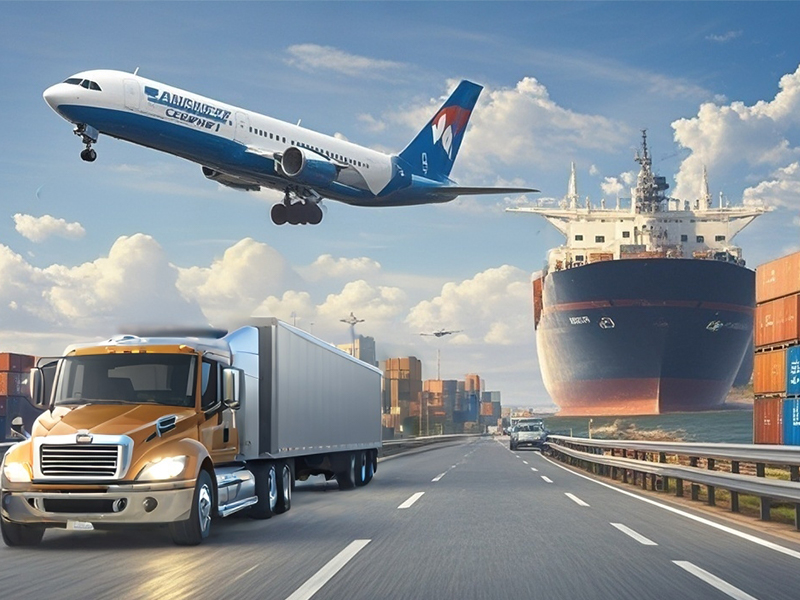As a key economic entity in Southeast Asia, Singapore plays a vital role in global trade. Its logistics not only connects the economic lifeblood of the nation but also fosters regional trade growth. With the rise of cross-border e-commerce, the demand for logistics services to Singapore from countries worldwide is increasing. Choosing the right logistics line has become essential for improving business efficiency and reducing costs. This article will provide a detailed introduction to Singapore’s logistics products to help sellers better understand and select suitable shipping methods.

Singapore boasts a highly developed logistics network with efficient sea and air transport facilities. When shipping goods to Singapore, businesses typically choose between air freight, sea freight, or express delivery.
Air Freight: This refers to transporting goods by airplane. Goods are loaded onto the aircraft until it reaches its maximum weight capacity, and then flown to the destination. This method is faster than sea freight but generally more expensive.
Sea Freight: This involves transporting goods by cargo ship. Goods are loaded into containers and then onto the ship, which sails to the destination. Although sea freight takes longer than air freight, it is often more cost-effective.
How to Choose the Right Shipping Method
When faced with different shipping options, it’s crucial to understand the differences between them so you can select the most suitable option for your goods. The following are key factors that influence the choice:
- Speed: Air freight is significantly faster than sea freight. Shipping goods from China to Singapore via air takes approximately 5 to 14 days, while sea freight takes around 6 to 31 days. Therefore, if you need urgent delivery or are shipping perishable goods, air freight is the right choice. For large quantities of goods that are not time-sensitive, sea freight is the more cost-effective option.
- Shipping Costs: Globally, about 80% of goods are transported by ship. Sellers can benefit from economies of scale when shipping large volumes that can fill an entire container. In fact, for shipments exceeding 2 cubic meters, sea freight may be more cost-effective than air freight. If you’re sending small samples or low-volume orders, air freight may be the cheaper option.

 alt=""
alt="" 


 Logistics line quotation
Logistics line quotation Cross-border express order
Cross-border express order 24 hours online customer service
24 hours online customer service Huixiang Cross-border Logistics all rights reserved
Huixiang Cross-border Logistics all rights reserved 






